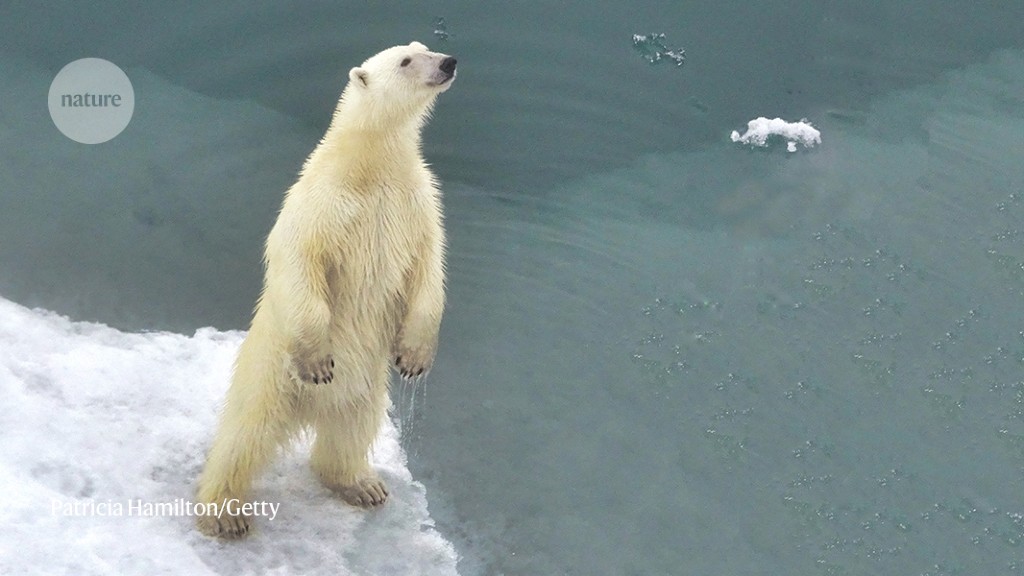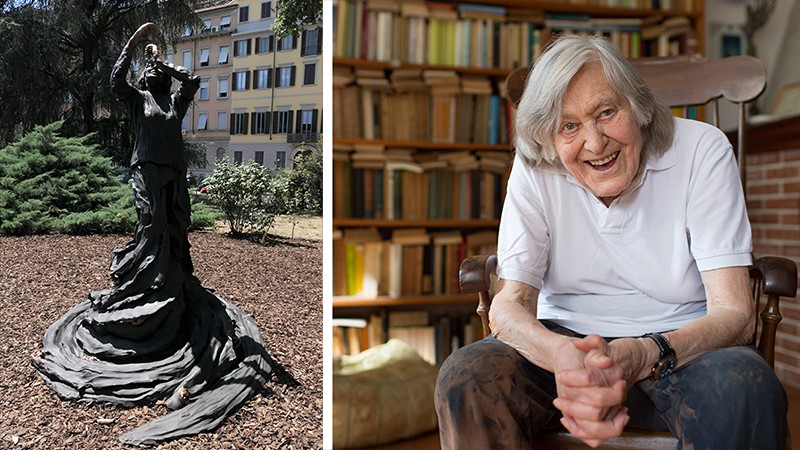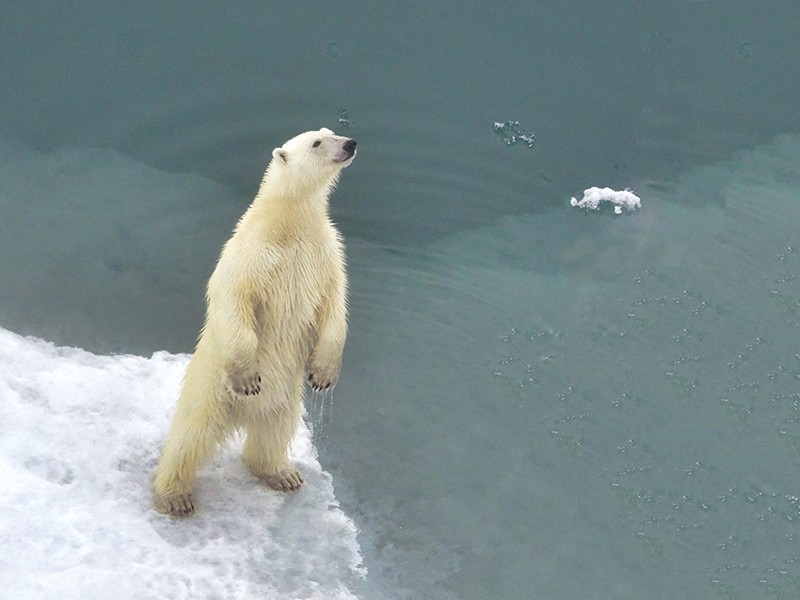Italy’s first public statue of female scientist celebrates astronomer
Astronomer Margherita Hack has become the first female scientist to be honoured with a public statue in Italy. Hack, who was born in 1922 and died in 2013, was a high-profile figure for decades. She was a prominent science communicator and is credited with inspiring generations of young women to pursue a career in science. The bronze monument, by Italian artist Sissi, was unveiled on 13 June — a day after what would have been Hack’s 100th birthday — next to the main campus of the University of Milan.
In 1964, Florence-born Hack became the first woman to head the Astronomical Observatory of Trieste, a role she held until her retirement in 1987. She was also Italy’s first woman to become a full professor in astronomy. She specialized in spectroscopy and stellar evolution, and made frequent appearances on television, communicating science to the public. She was also active politically, campaigning for gay and abortion rights and against the Vatican City’s influence on Italian public life.
The statue shows Hack emerging from a vortex, representing the spiral shape of a galaxy. She is pretending to hold and look through a telescope, an inspirational pose she had taken during a photo shoot. Sissi was one of eight women who had proposed designs for the statue, and was chosen as the winner by a jury. The piece was funded by the non-profit Deloitte Foundation; it joins fewer than 200 public statues of women in Italy.
To mark the astronomer’s 100th birthday, Italy’s postal service released a stamp depicting her.
Group of polar bears survives with little sea ice
An isolated population of polar bears has been discovered in southeast Greenland, which is free of sea ice for most of the year. Polar bears (Ursus maritimus) typically need sea ice to survive, so the discovery is raising hopes that some might survive the loss of ice that is being caused by climate change.
Researchers identified the genetically distinct sub‑population living in the fjords of southeast Greenland, which is surrounded by mountains and an ice sheet to the west, and ocean to the east (K. L. Laidre et al. Science 376, 1333–1338; 2022). Because this region is so far south, sea-ice coverage lasts for only around 100 days each year.
Polar bears need access to Arctic sea ice to hunt for seals. So, with sea ice in the region diminishing because of global heating, the animals are expected to approach extinction by the end of this century.
But the isolated sub-population has found a way to hunt without sea ice. The group, consisting of several hundred individuals, has adapted to hunting on the ice that has calved off glaciers — called glacial mélange. The research team used genetic analysis to learn that this population has been isolated from other polar bear populations along Greenland’s east coast for at least 200 years.
Women’s research contributions go unrecognized
Women are less likely to be named as authors on articles or as inventors on patents than are their male team mates, despite doing the same amount of work, according to an analysis. This is partly because women’s research contributions are “often not known, not appreciated or ignored”, say the authors.
Matthew Ross, an economist at Northeastern University in Boston, Massachusetts, and his colleagues used data on almost 10,000 research teams to investigate who did and did not receive authorship credit for work. To estimate the potential authorships that women missed out on, the authors compared the team members employed a year before a paper’s publication date — the potential authors — with the actual authors listed on the manuscript. They found that across all job titles and fields, men had double women’s chances of being named on any scientific document. The results were published in Nature on 22 June (M. B. Ross et al. Nature https://doi.org/h3bk; 2022).
The research is “innovative and important” because it partly explains why women publish less than men, says Virginia Valian, a psychologist at Hunter College in New York City. “This is a major wake-up call for scientists,” she adds.









More News
Could bird flu in cows lead to a human outbreak? Slow response worries scientists
US halts funding to controversial virus-hunting group: what researchers think
How high-fat diets feed breast cancer